This is the BEST recipe for Saltimbocca Milanese EVER! Super crispy Italian veal cutlets served with a white wine sage sauce.
This post is sponsored by ReVeal and Beef Checkoff. As always, all opinions are mine. #vealrecipe #discoverveal #beefcheckoff
Continuing the ReVeal tour with this simply delicious plate of Saltimbocca Milanese! Milanese is tradionally a fairly simple dish. Instead of using plain Italian breadcrumbs, today I’m using crispy panko breadcrumbs to take these cutlets to the next level. By adding some garlic, herbs and a whole lot of parmesan cheese, I take panko breadcrumbs from ordinary to extraordinary! They’re the secret ingredient to my saltimbocca milanese.
First a little bit about the Veal Industry
If you’ve been following along, you know that recently took a tour of a few veal farms in Pennsylvania and Indiana. I was incredibly grateful to go on this trip and learn the truth about how veal is raised and harvested. Veal is more tender than beef, typically harvested from veal calves around 22-24 weeks old, weighing 550-600 pounds. One of the biggest misconceptions that was debunked while touring the veal farms was the age of harvest compared to other livestock. Chickens, turkeys, ducks and many pigs are harvested at a younger age than veal. For example:
Chickens are harvested at 6-8 weeks
Ducks are harvested at 35 days
Turkeys are harvested at 4 months
Where are Veal calves raised?
Veal farms are primarily located in New York, Pennsylvania, Ohio, Indiana, Michigan and Wisconsin. Each farm family raises about 200 calves a year!
How old are veal calves when they arrive at the farm?
Dairy cows birth female and male calves. Female offspring go on to be dairy cows, male are raised for beef or veal consumption. Veal calves come to farms like Marcho farms up to 6 weeks of age. Each calf is injected with a shot of iron to prevent anemia, and fed probiotics when they first get to the farm.
Probiotics have the ability to control the balance and activities of the gastrointestinal activity, and are considered beneficial to the veal calves.
What type of housing is used for the veal calves?
Veal calves are naturally heard animals that like to live close together. All the farm barns we saw were well ventilated with windows and natural sunlight. They are able to regulate the temperature indoors to about 80 degrees during the day, and 55 degrees at night. During the summer, the calves are given a haircut to allow heat to escape more easily. During the winter, calf jackets are worn.
The same type of housing is widely used in the heifer (young female cow that has not produced a calf) and dairy beef raising industries for the same reason – disease control and animal welfare. They’re kept in individual pens for 6-8 weeks to develop their immune system. 4 week old veal calves start out in 4’x7’ pens, in which they have room to sit, stand, lay down and turn all the way around. Next, the calves are moved to group pens which is the best management practice supported by the veal industry.
Is the veal industry sustainable?
I was so surprised to learn about all the different ways parts of the veal calf are used after they’re harvested!
The blood is collected for blood agar plates, which are used for testing bacteria growth
The veal calf cardiac sacs are used for heart surgery on humans (St Jude Children’s hospital is a cardiac sac recipient)
Calf bones are used for cartilage pills
The calf hide are used for purses and manyDECQ other leather goods
What does veal taste like?
Veal has a mild taste and is super tender. The veal cutlets in this saltimbocca milanese cooked in just minutes! Because of the mild flavor of veal, it is able to let the herbs and other seasonings added in prep shine through, when beef would not.
How can veal be used in cooking?
Veal can be used in place of most meats we cook! I love using ground veal in meatballs, or as a protein in pasta! Essentially you can replace most ground turkey or beef dishes with ground veal. You can find a whole catalog of delicious veal recipes on the Veal Made Easy website!
How do I bread the Saltimbocca Milanese?
This dish uses a classic breading method before frying. To assemble, set up the breading station so that the veal is on the far left, then next to it the flour, then the egg, then the breadcrumbs, and then a sheet pan or large plate to hold the breaded veal.
Take a veal cutlet and wrap it in prosciutto, dip it into the flour to coat on all sides, then tap off the excess. Next, coat it in the egg mixture, and let the excess drip off. Then, into the breadcrumbs. Be sure to press down firmly to ensure that each piece is coated completely. Place the veal on the sheet pan, and repeat with the remaining pieces.
How do I keep the breading from falling off when cooking?
There are a few tricks to ensure the breading stays on your veal cutlets. First, make sure the veal pieces are dry before breading. During the breading process, pat them firmly and when finished, set them aside (I like to put them in the fridge) for about 30 minutes for the layers to bond.
Secondly, make sure the oil is heated to 350 before frying. Use your fingers rather than tongs to pick up each cutlet. Be patient when flipping, and make sure the breadcrumbs are golden brown before turning each piece over.
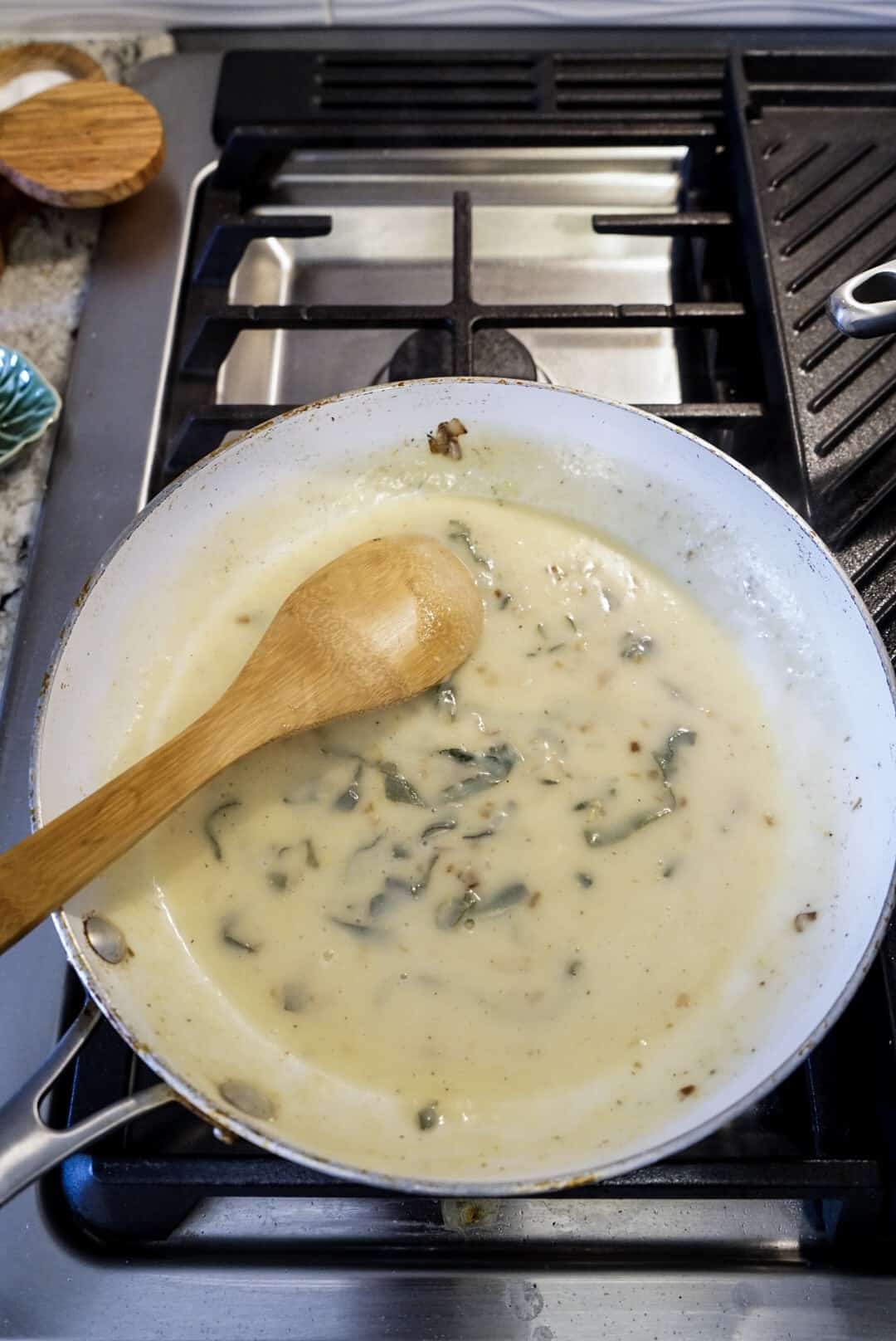
This super simple sauce is a perfect pair to the saltimbocca milanese. This is a classic sauce with a simple twist of sage.
Serve the saltimbocca milanese with some roasted asparagus and some fresh tomatoes!
Thanks for reading, as always! I hope you learned a little bit more about veal farming and try a veal recipe soon!
Print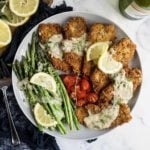
Saltimbocca Milanese with White Wine Sage Sauce
- Prep Time: 10 minutes
- Cook Time: 10 minutes
- Total Time: 20 minutes
- Yield: 4 1x
Ingredients
- 3 cups panko breadcrumbs
- 1 tbl garlic powder
- 2 tsp oregano
- 1/2 teaspoon kosher salt
- 1/2 teaspoon pepper
- 1/2 cup finely grated Parmesan cheese
- 3 eggs
- 1 cup flour
- 2 lbs veal cutlets
- salt and pepper to taste
- olive oil for frying
For the sauce:
2 tbsp. Butter
1 shallot, minced
2 tbl Extra Virgin Olive Oil
2 tbsp. All Purpose Flour
1 c. Low-Sodium Chicken Broth
1/2 c. Dry White Wine (I used Chardonnay)
3 tbl Fresh Sage, chopped
Instructions
- In a medium shallow bowl, combine the panko, garlic powder, oregano, salt, pepper, grated parmesan, and set aside. In another medium, shallow bowl, whisk together 3 eggs. Place the flour onto another plate.
- Take one veal cutlet and place it on a cutting board. Place a piece of plastic wrap over top, and use a meat mallet to pound it out to be about 1/2 inch thick. Repeat with the remaining veal cutlets, then season each piece with salt and pepper.
- Set up the breading station so that the veal is on the far left, then next to it the flour, then the egg, then the breadcrumbs, and then a sheet pan or large plate to hold the breaded veal.
- Take a piece of veal, wrap it in prosciutto and dip it into the flour to coat on all sides, then tap off the excess. Next, coat it in the egg mixture, and let the excess drip off. Then, into the breadcrumbs. Be sure to press down firmly to ensure that each piece is coated completely. Place the veal on the sheet pan, and repeat with the remaining pieces.
- Place in the fridge to firm up for at least 30 minutes – 1 hour.
- Heat a generous amount of olive oil in a large, heavy bottomed saute pan over medium-high heat until oil reaches 350 degrees. Place 1-3 veal cutlets in at a time, depending on how many your pan can hold. Don’t overcrowd the pan. Cook until golden brown on each side (2-3 minutes per side, depending on thickness), and then remove to paper towels or a rack to drain. Place each piece on a sheet pan and hold in the oven while you cook the remaining pieces and make the sauce.
- In a small saute pan, melt butter and olive oil over medium heat.
- Add shallot and cook for 1 minute.
- Add flour and stir to make a roux, then add wine and chicken broth. Stir well to combine and get rid of clumps. Use a whisk if necessary. Add sage and season with salt and pepper. Serve sauce over veal cutlets.
Want to pin this for later? Click on the image below!

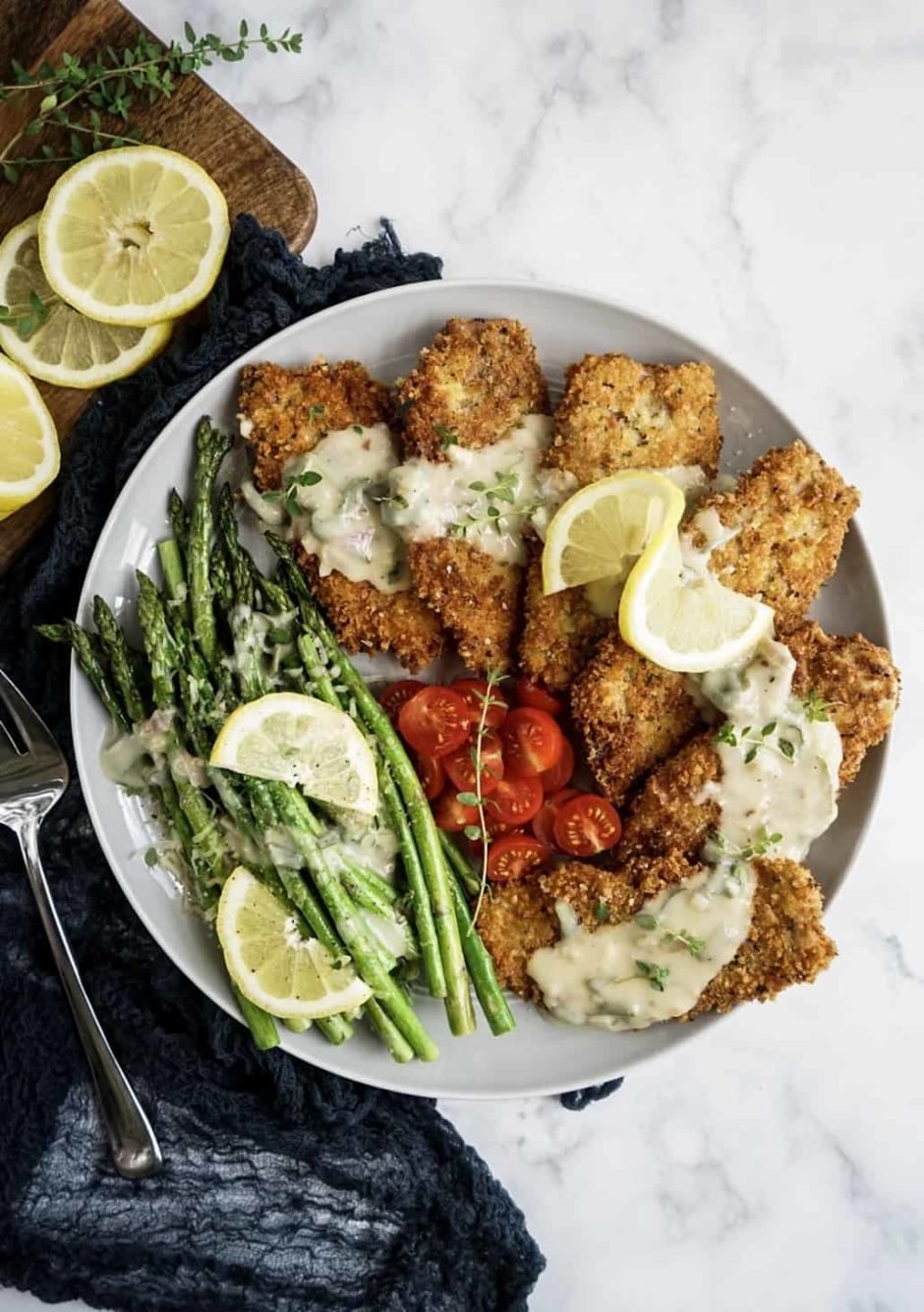
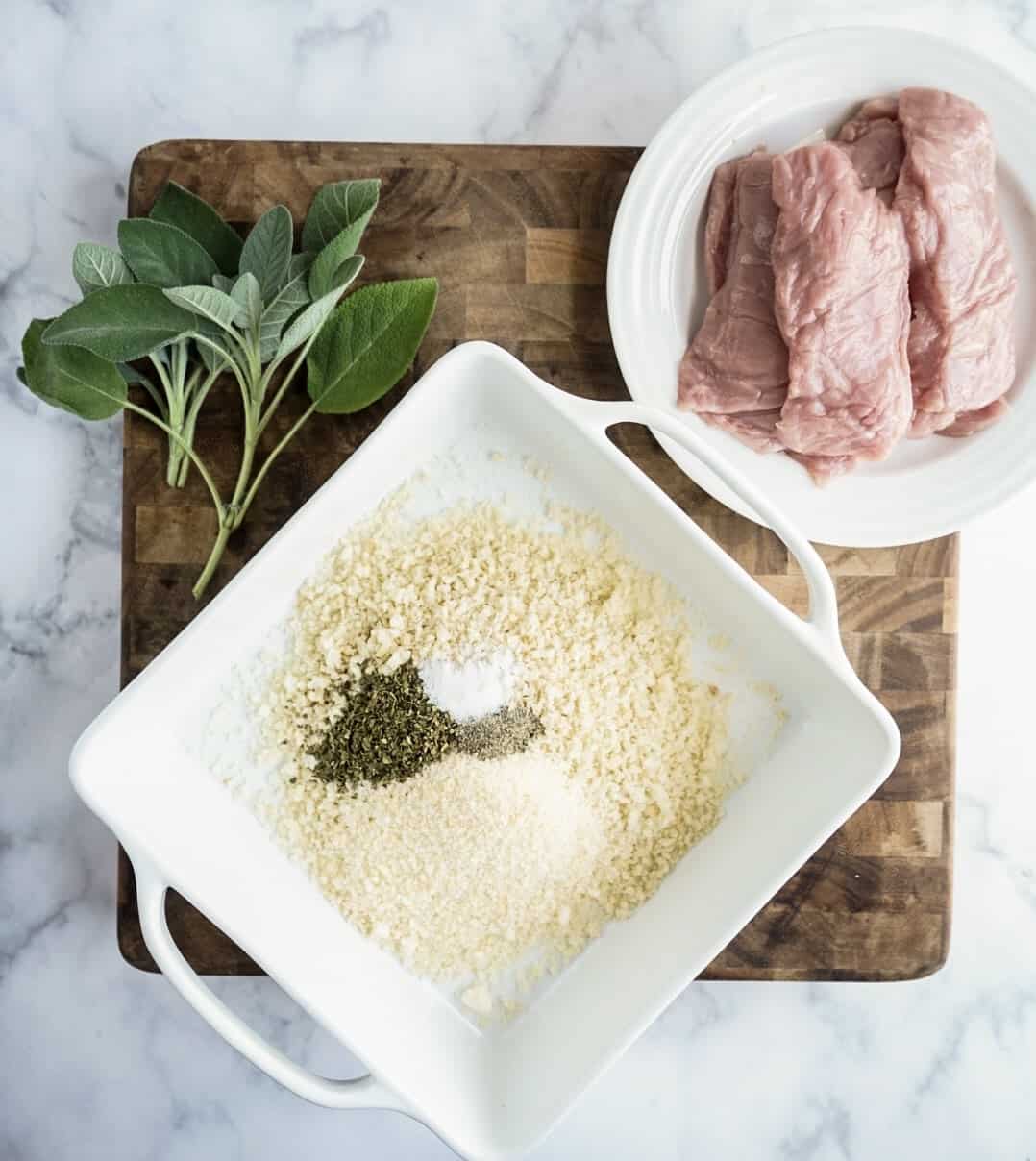
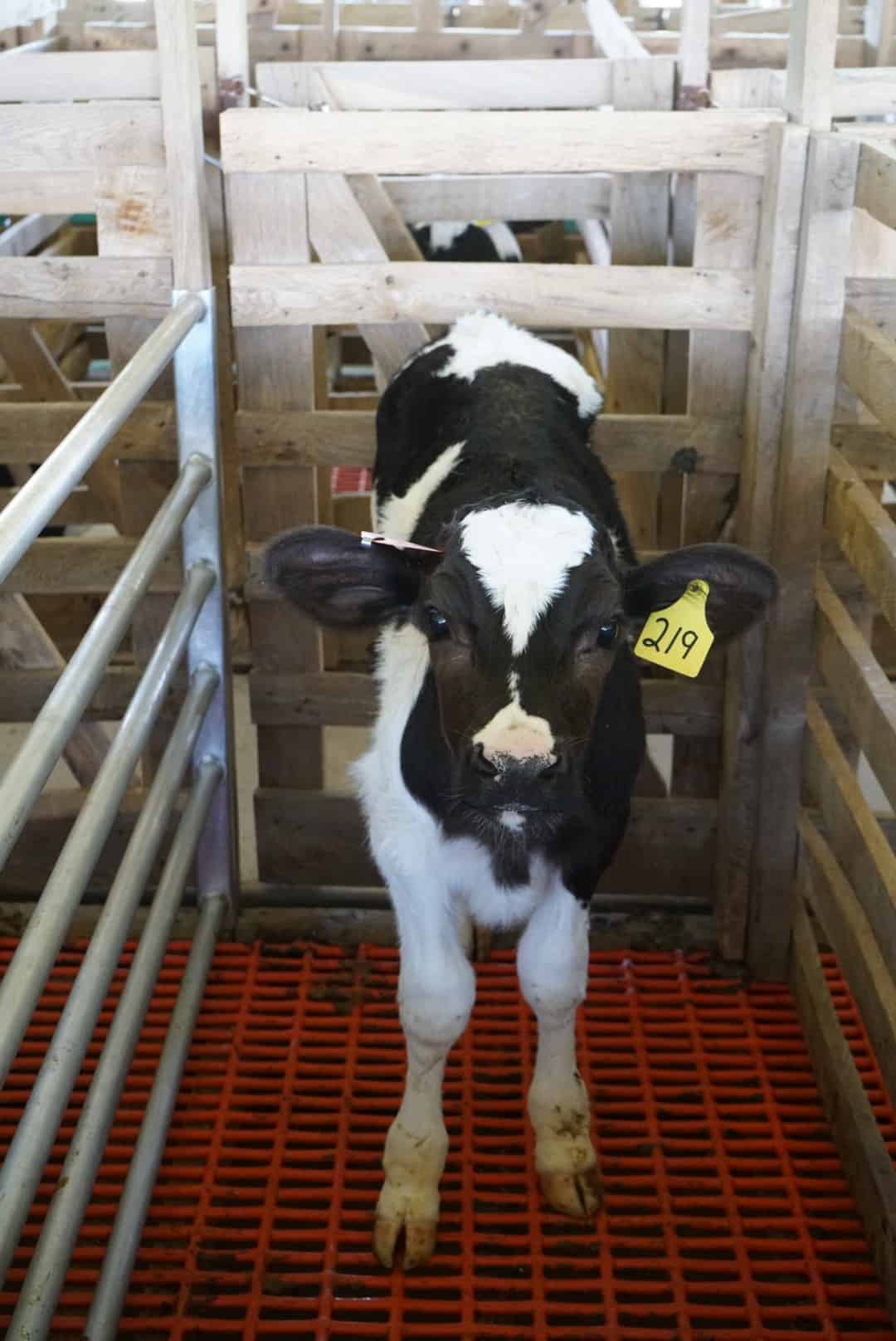
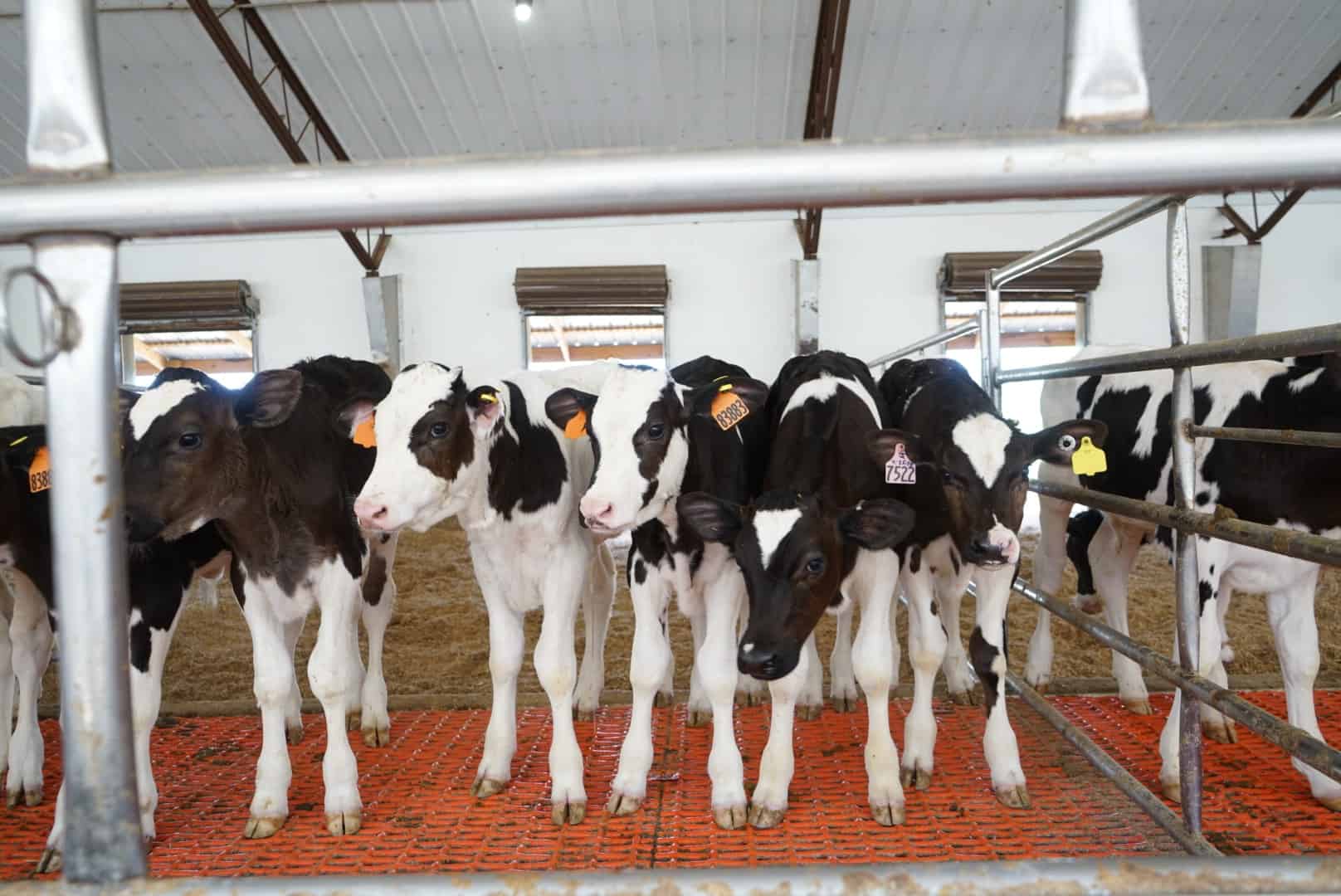
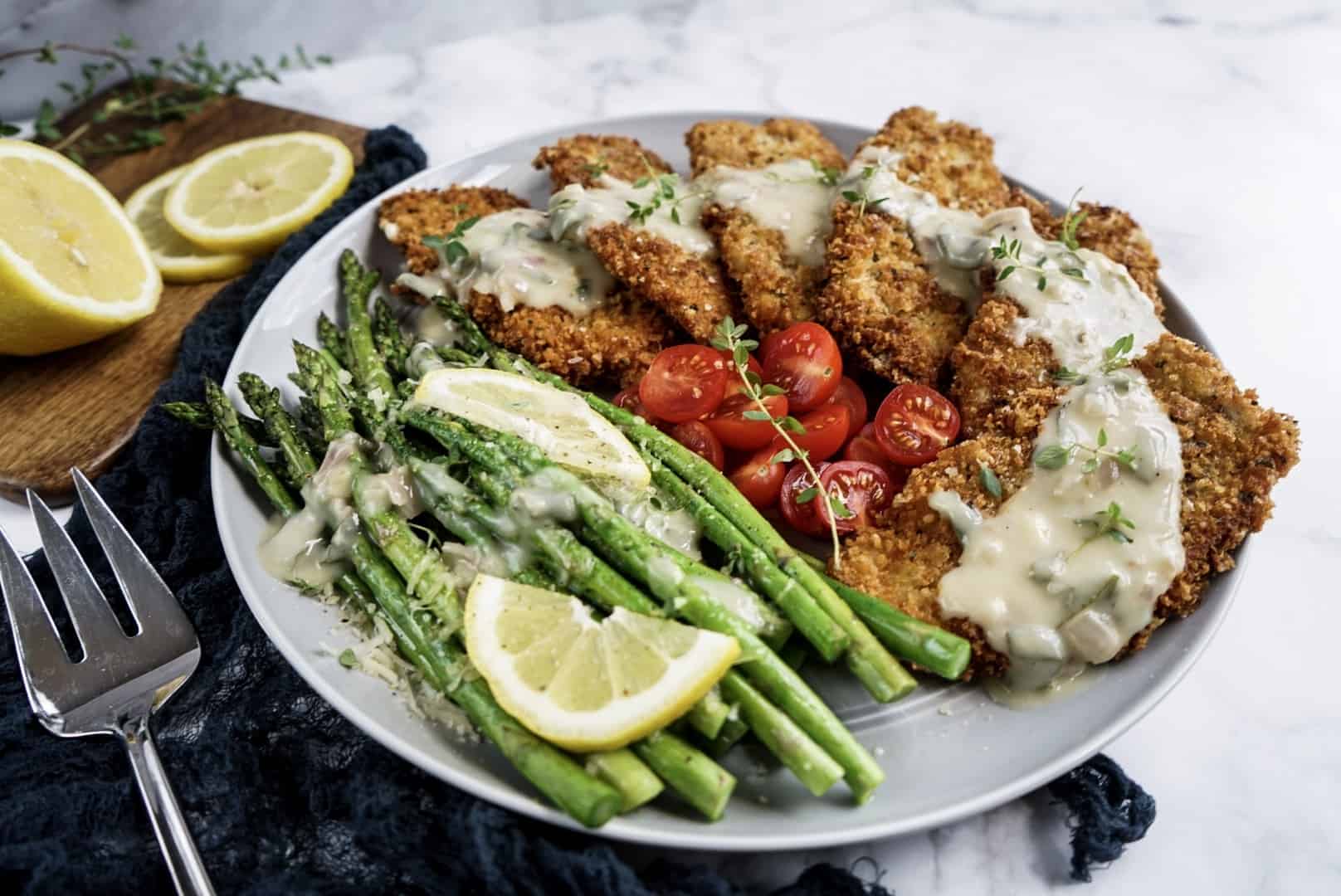
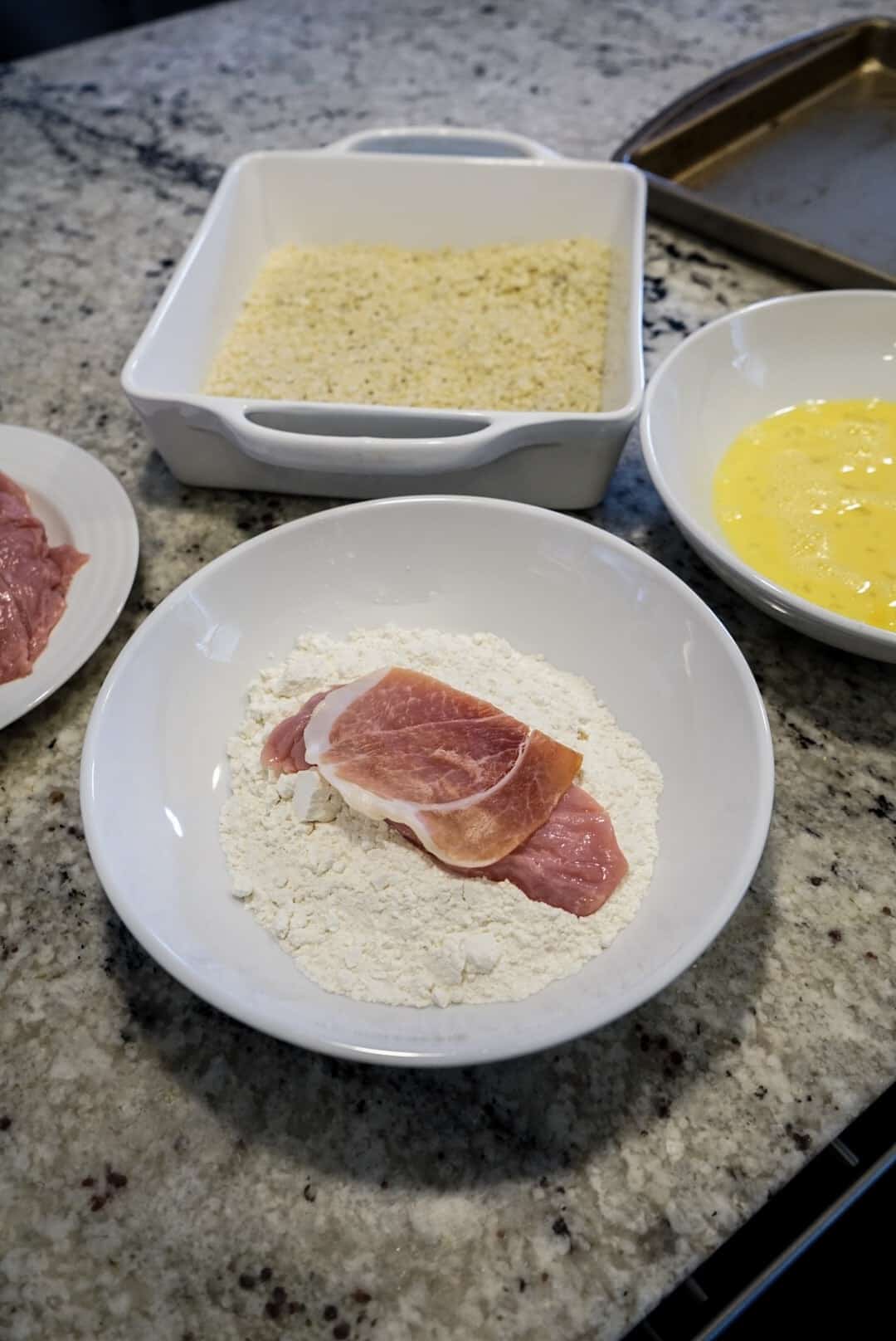
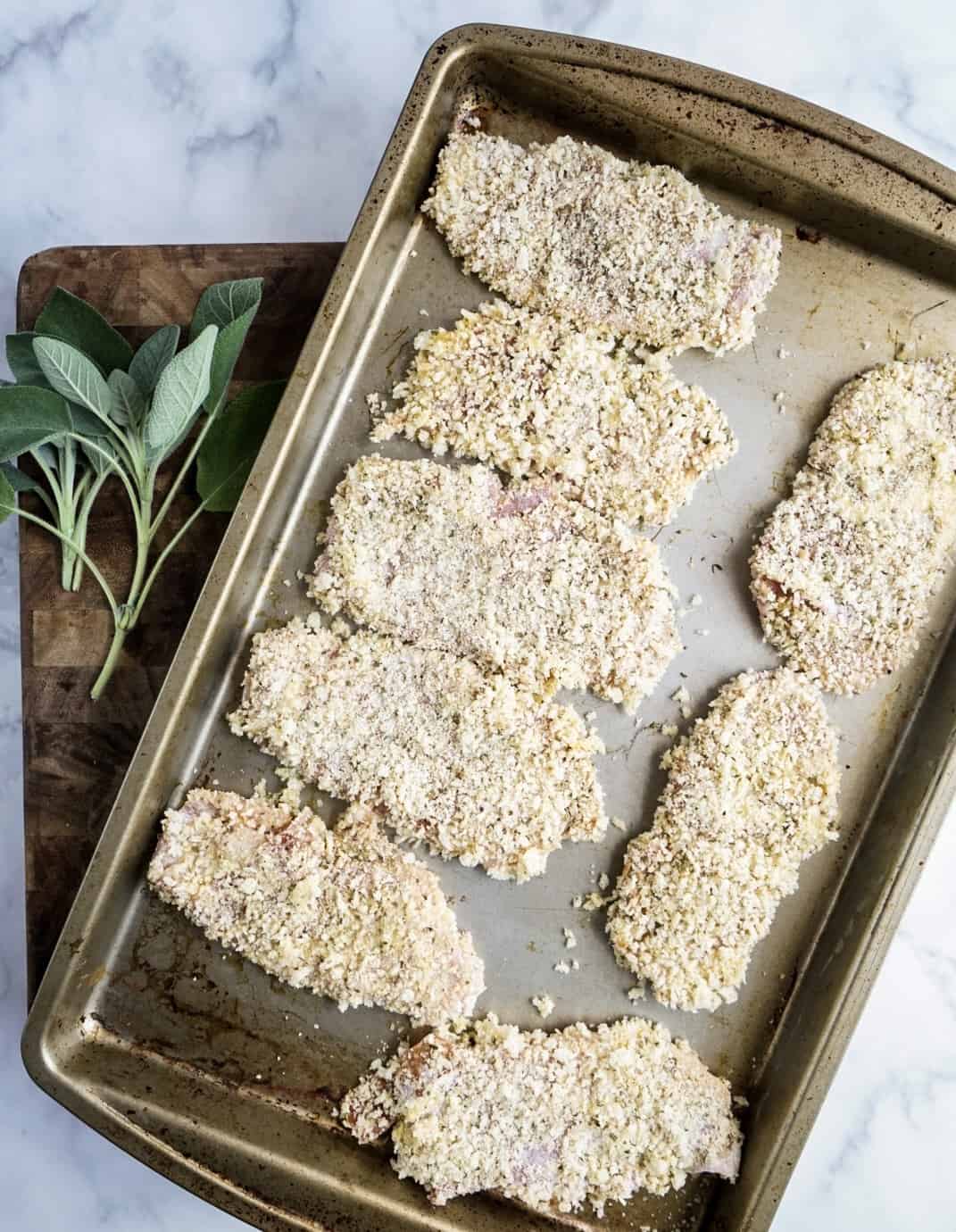
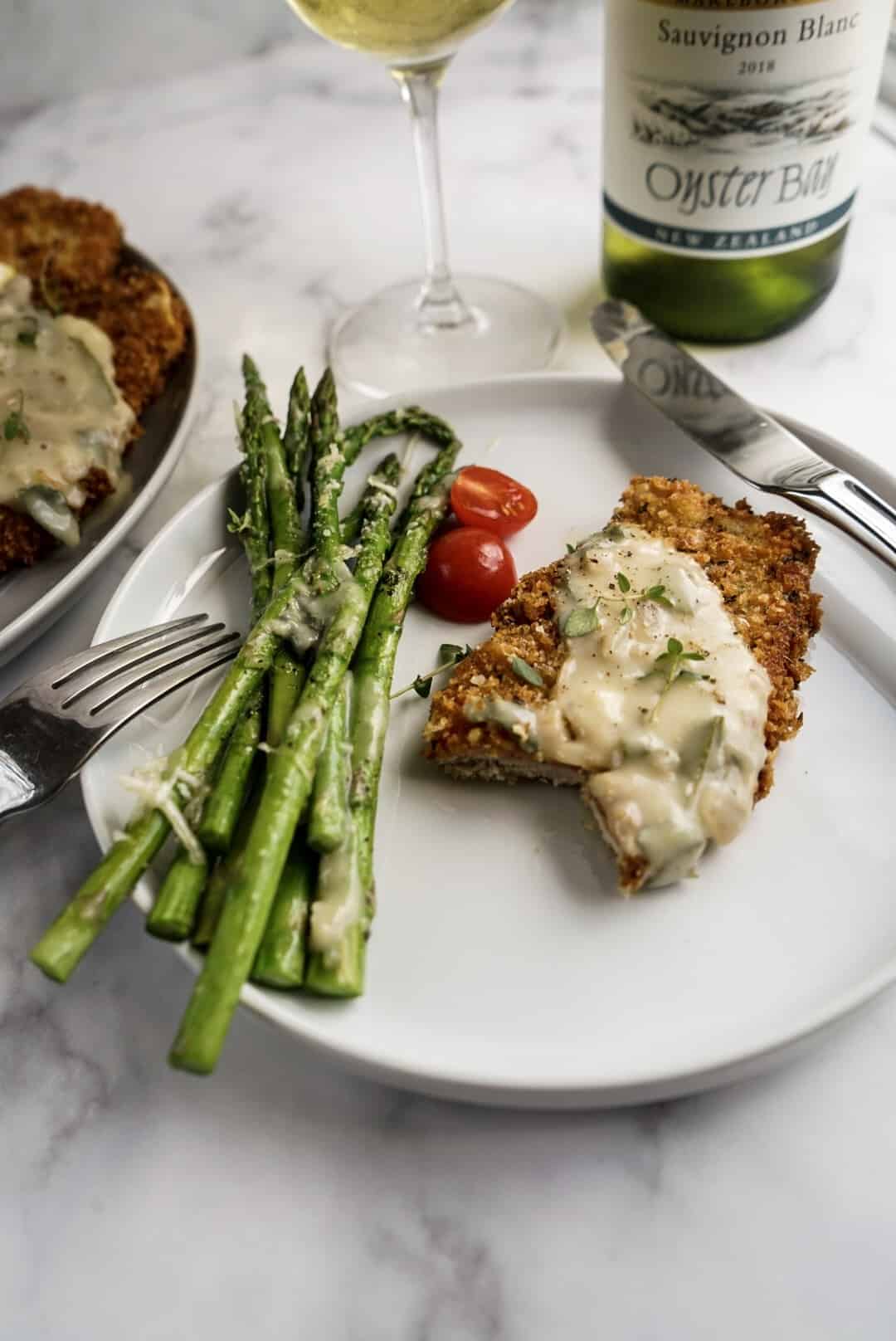
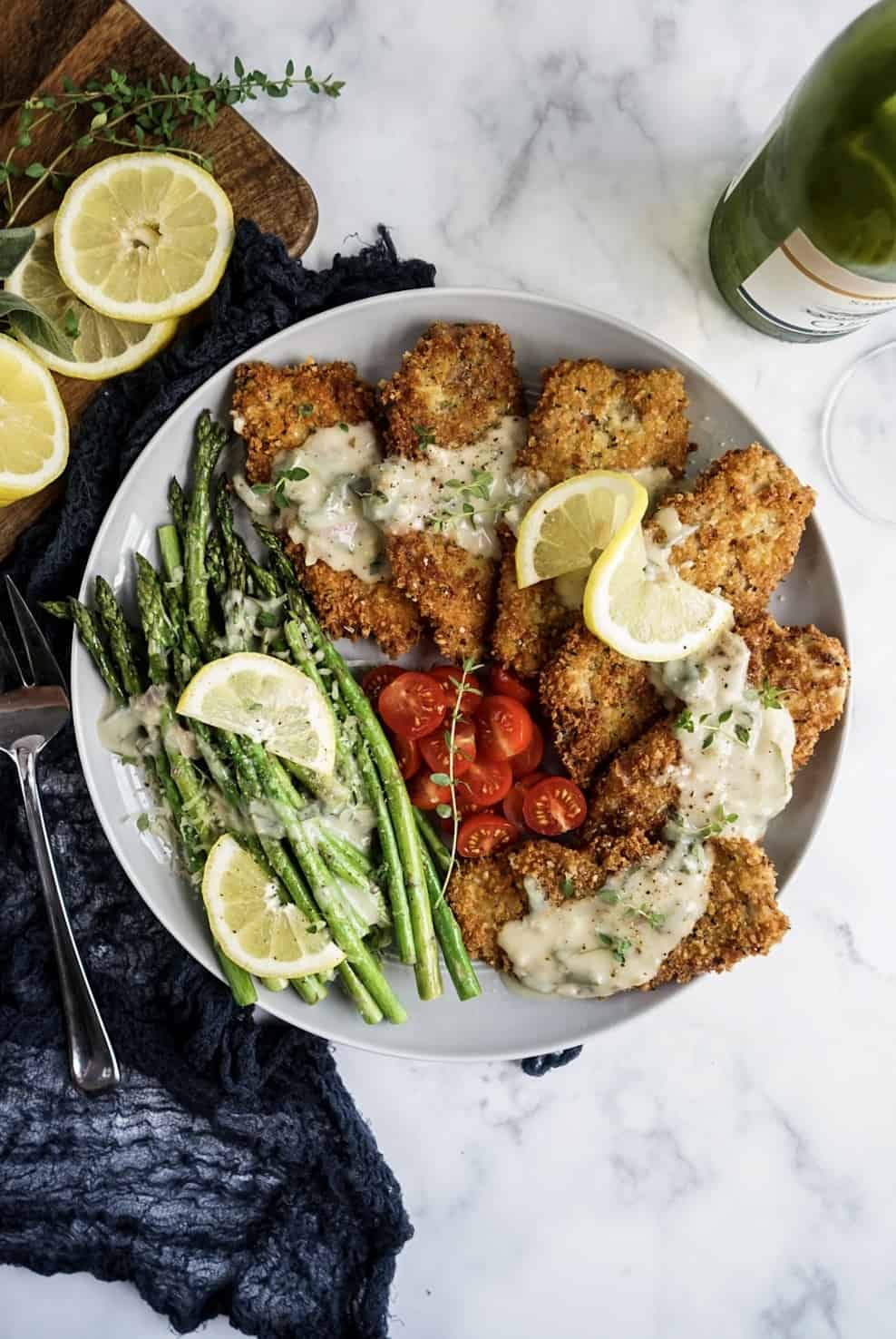
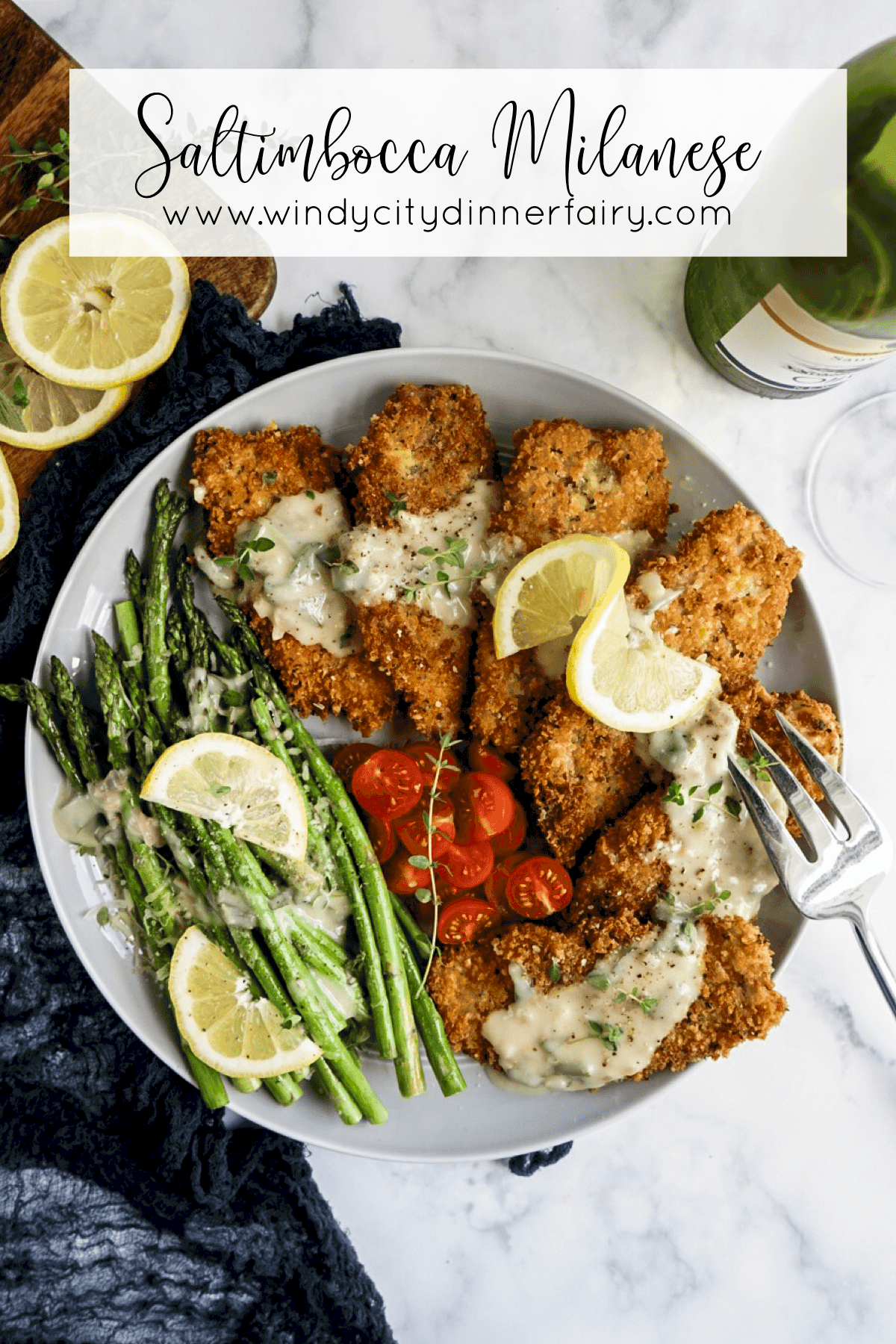
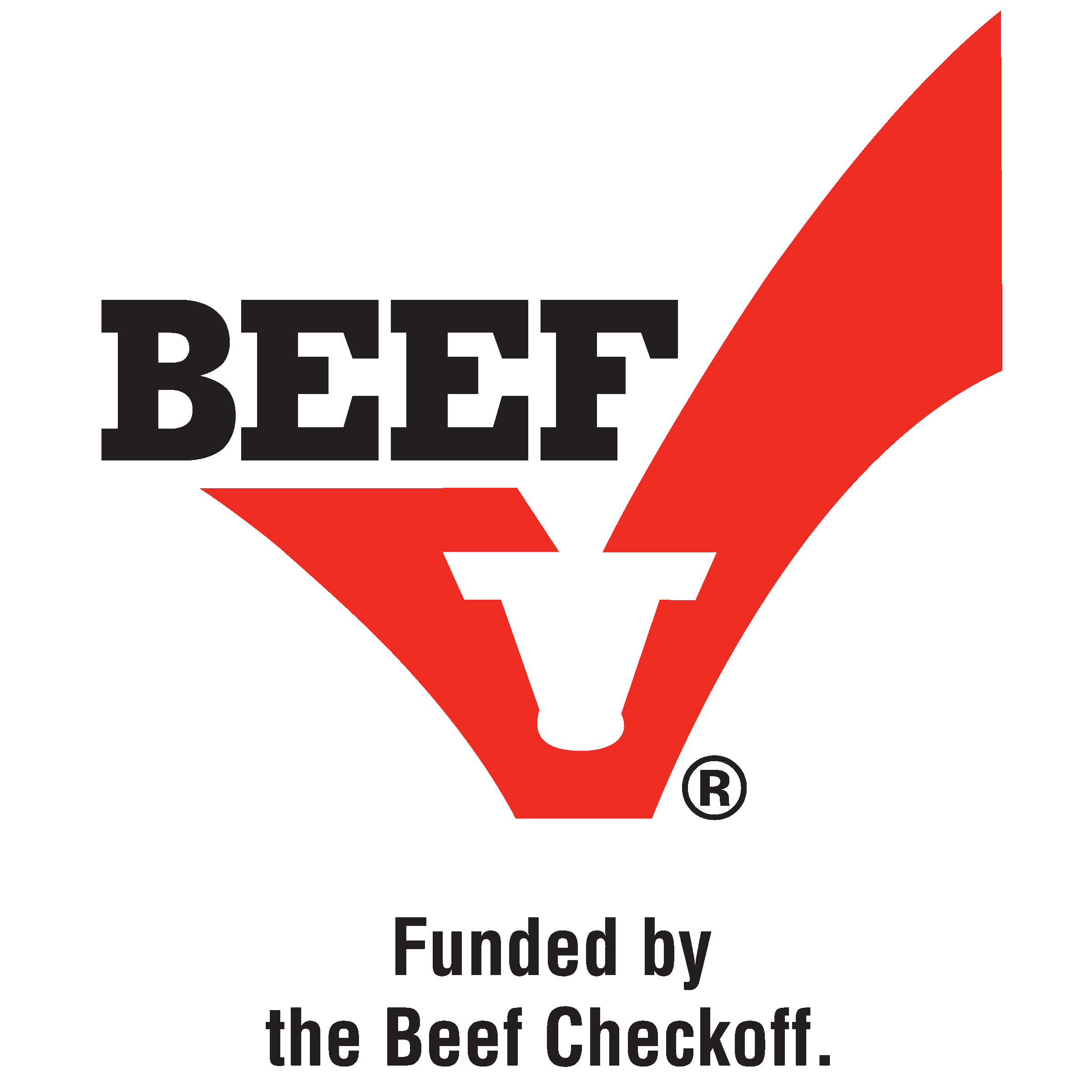
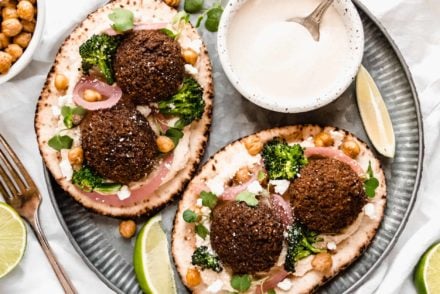
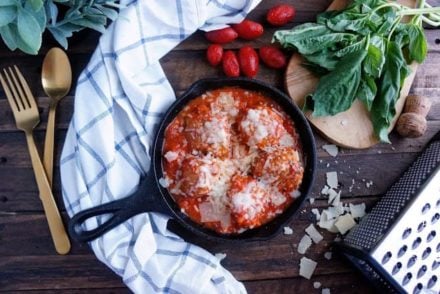
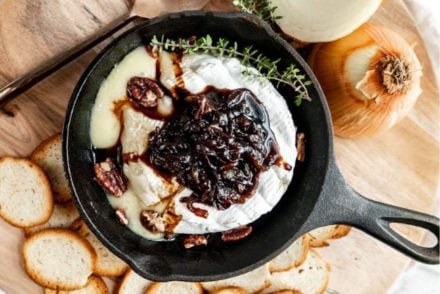


No Comments